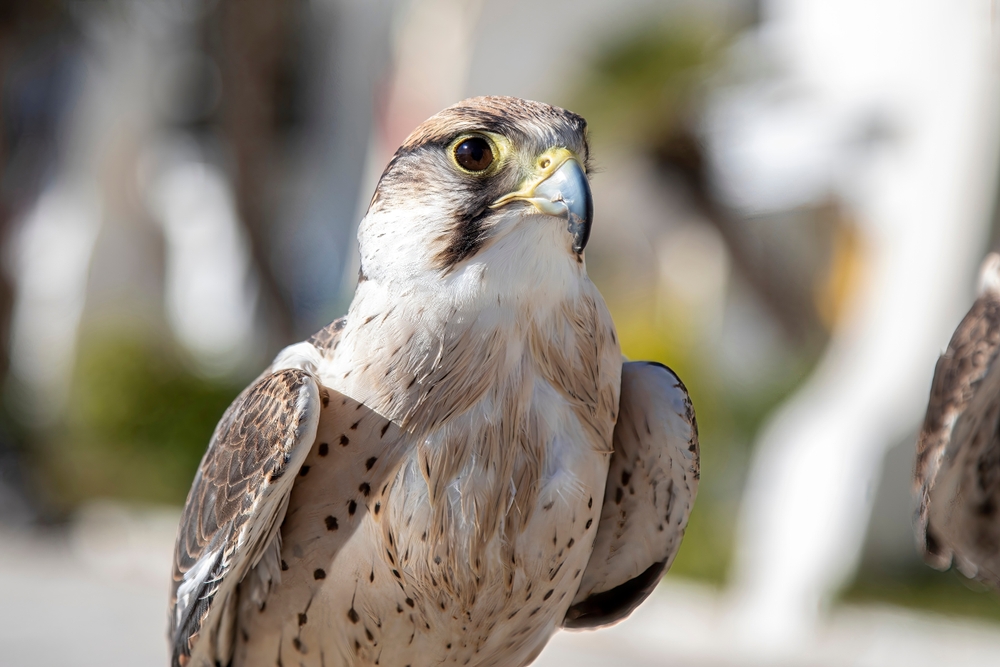Boukornine Overview
Boukornine National Park, locally known as Parc National de Boukornine, is a picturesque natural retreat located in the northern region of Tunisia, near the city of Hammam Lif. Covering approximately 19.39 square kilometers (7.49 square miles), the park is a haven of biodiversity and cultural heritage. Established in 1987, Boukornine is named after the towering Mount Boukornine, which rises to an elevation of 576 meters (1,890 feet) and serves as the park’s iconic centerpiece.
The park’s terrain is a harmonious blend of rugged mountain landscapes, rolling hills, and verdant woodlands. While Boukornine National Park does not feature waterfalls, its scenic beauty lies in the tranquil streams that flow through its valleys and the panoramic vistas from the mountain’s summit. Visitors are rewarded with breathtaking views of the surrounding countryside and the shimmering Mediterranean Sea in the distance.
Boukornine is renowned for its diverse flora and fauna, making it a vital area for conservation. The park is home to a variety of mammal species, including Barbary sheep, wild boars, and red foxes. Reptiles such as Greek tortoises and North African snakes are also commonly spotted. Birdlife is abundant, with species like golden eagles, peregrine falcons, and Tunisian crested larks gracing the skies. The park’s dense woodlands provide refuge for smaller species, creating a vibrant ecosystem that thrives within its borders.
The flora of Boukornine National Park is equally impressive. The park is characterized by its Mediterranean vegetation, including Aleppo pines, cork oaks, and fragrant thyme. Rare and endemic plant species, such as Boukornine tulips, further enhance the park’s ecological significance. During spring, the hills burst into color with wildflowers, creating a stunning display of natural beauty.
Boukornine is not only celebrated for its biodiversity but also for its cultural and historical importance. The park contains ancient archaeological sites, including Roman ruins and traditional Berber villages, which offer a glimpse into Tunisia’s rich history. These sites are interwoven with the natural landscape, making Boukornine a unique destination that combines nature and heritage.
Conservation plays a central role in Boukornine National Park’s management. The park was established to protect its fragile ecosystems and promote sustainable tourism. Efforts to combat deforestation, habitat degradation, and illegal hunting are ongoing, with active involvement from local communities. Educational programs and eco-tourism initiatives have been introduced to raise awareness about the park’s ecological value and encourage responsible tourism.
Visitors to Boukornine National Park can enjoy a variety of activities, including hiking, birdwatching, and nature photography. Trails of varying difficulty wind through the park, leading to the summit of Mount Boukornine or peaceful forest clearings. Picnicking spots and guided tours provide opportunities for relaxation and learning. The park’s proximity to Hammam Lif makes it an accessible escape for city dwellers seeking tranquility and a connection to nature.
In summary, Boukornine National Park is a captivating blend of natural beauty, cultural heritage, and ecological significance. Its majestic mountain, diverse wildlife, and historical treasures make it a must-visit destination for travelers exploring Tunisia.










































































